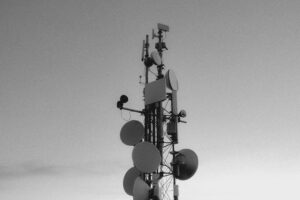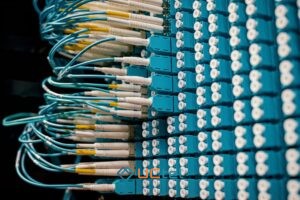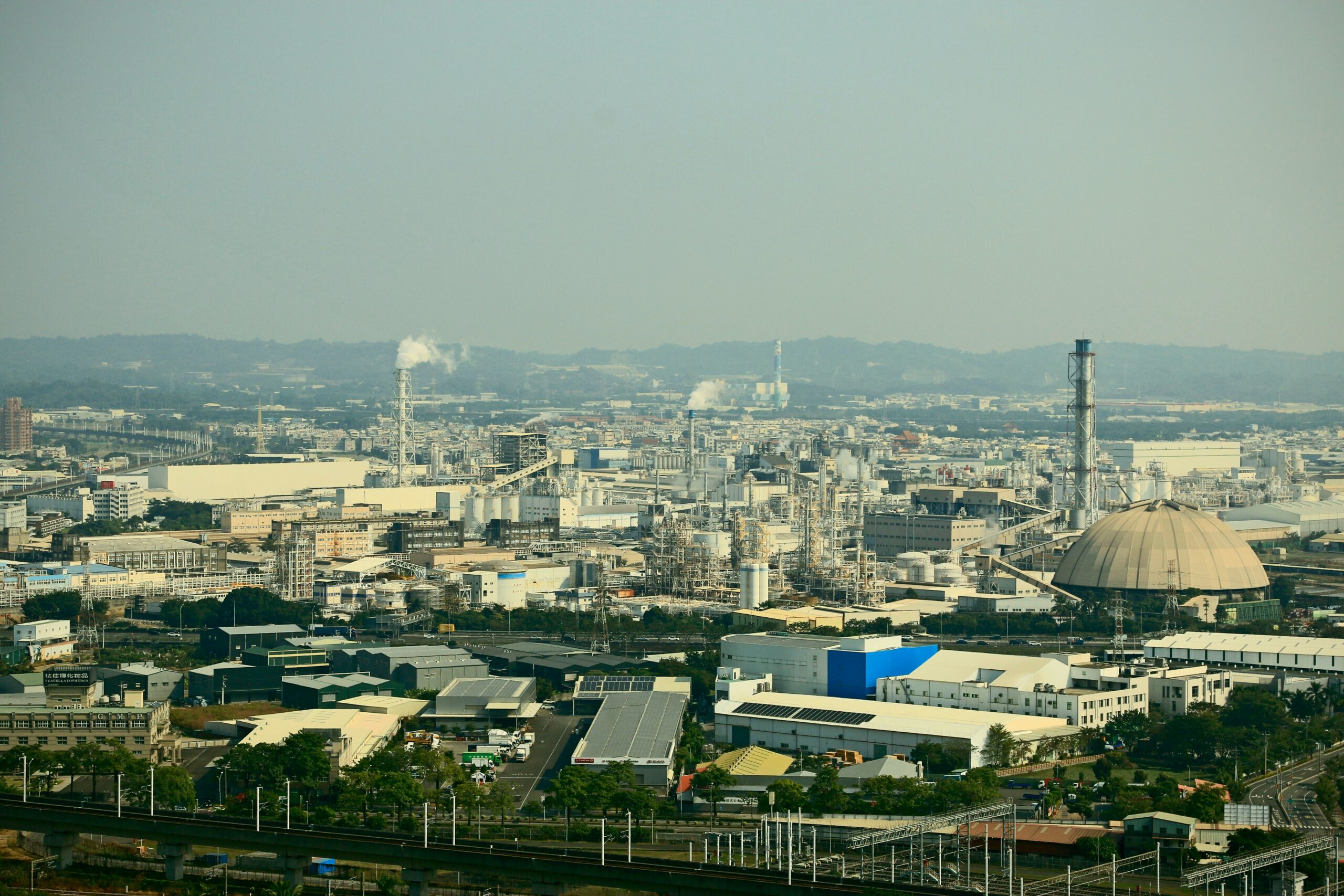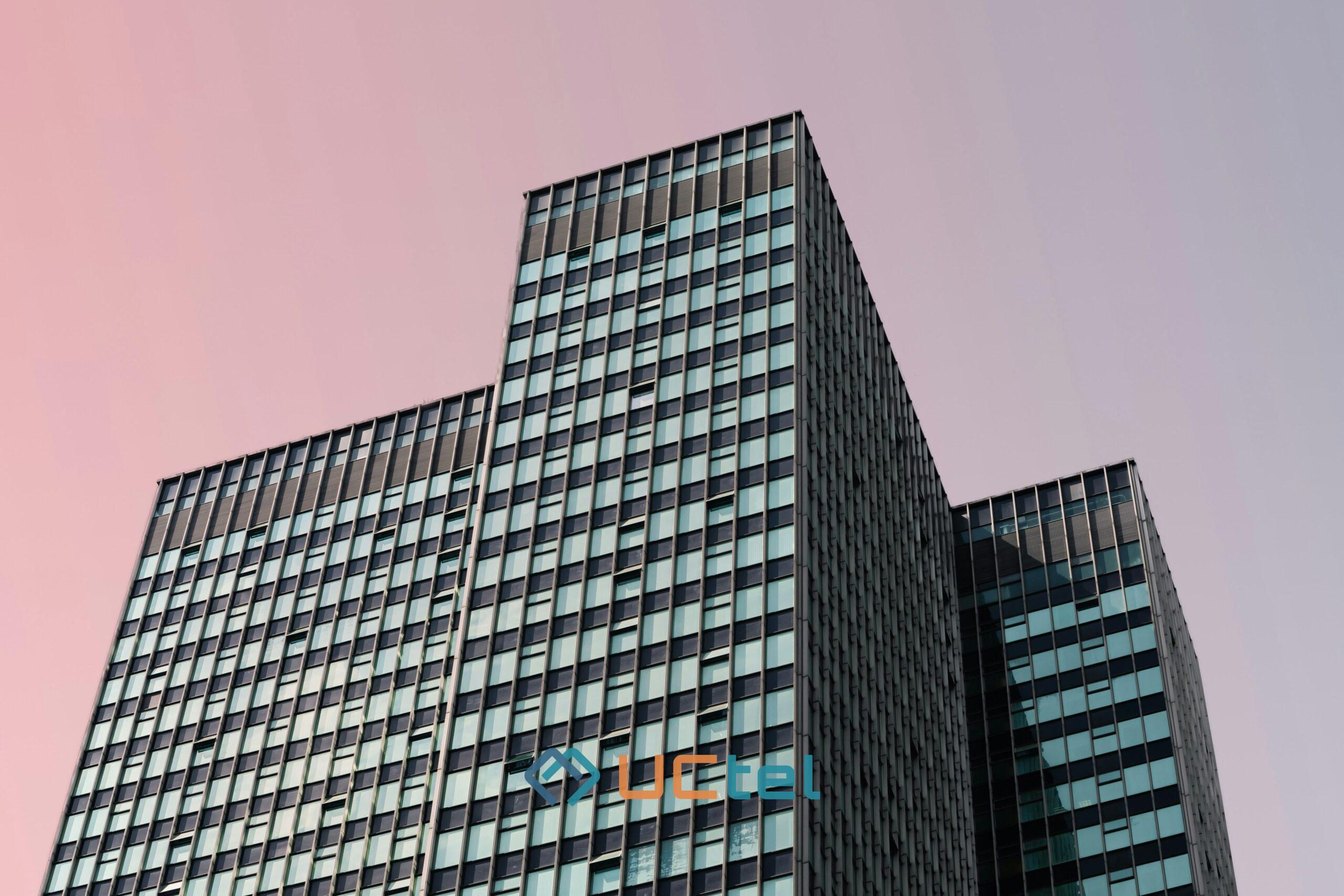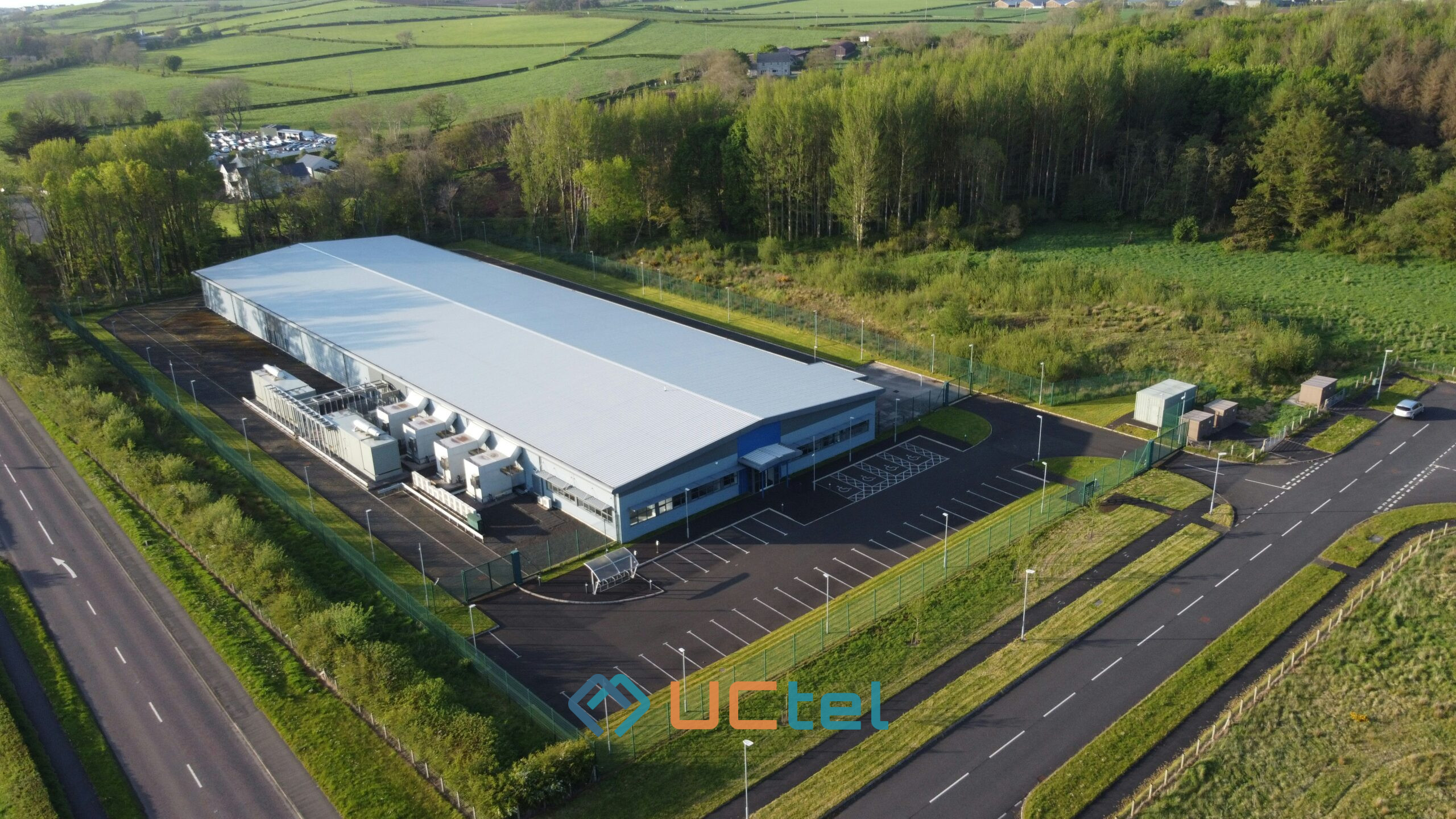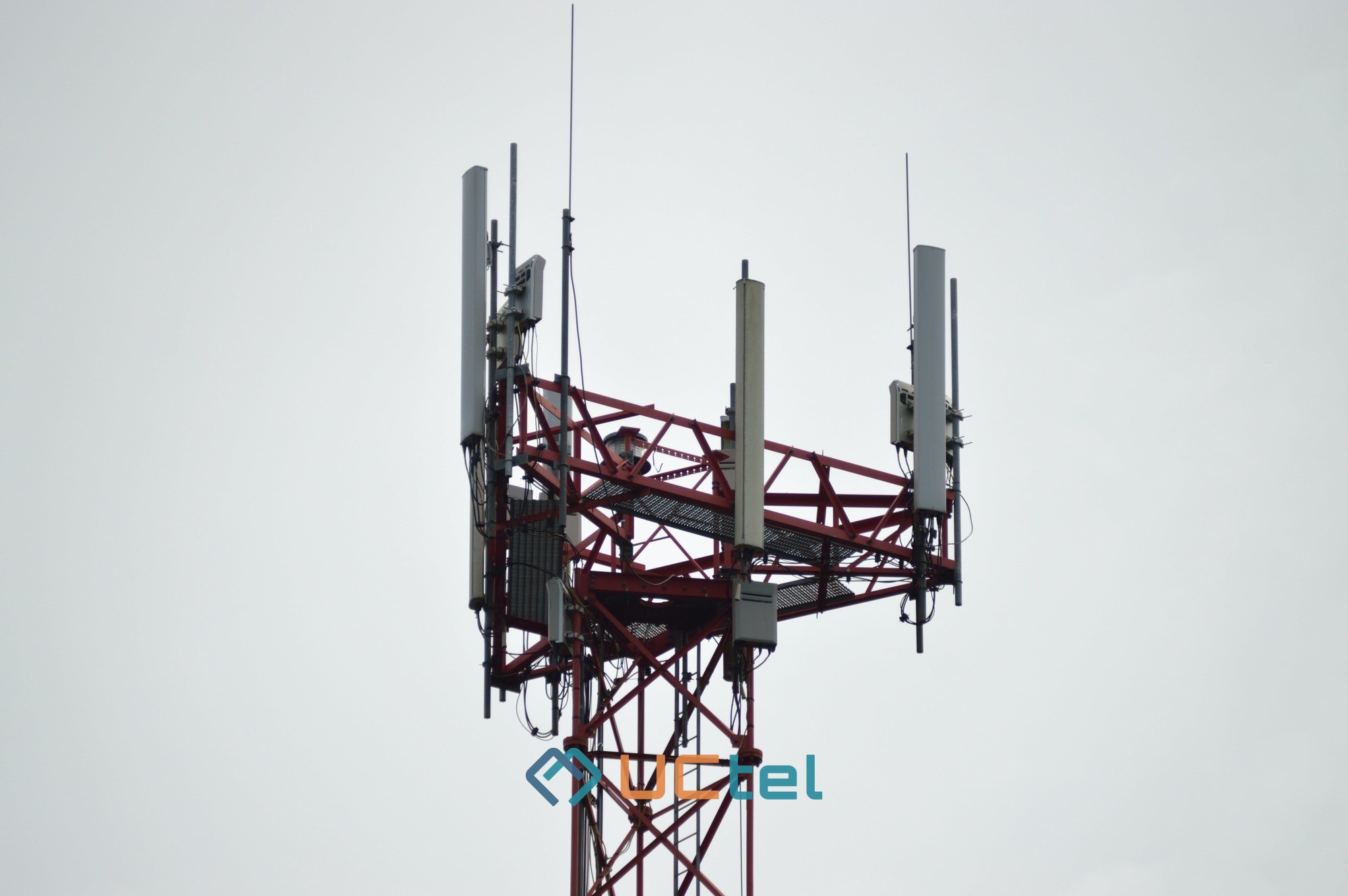
Commercial Signal Boosters for Office Buildings and Large Commercial Spaces
Table of contents
- 1. What are commercial signal boosters and how do they work?
- 2. Types of commercial signal boosters for different business needs
- 3. Custom-designed booster solutions for complex commercial spaces
- 4. Installation considerations for commercial buildings
- 5. Benefits of implementing commercial signal boosters
- 6. Maintenance and support for commercial signal boosters
- 7. Regulatory compliance and investment considerations
In today's hyperconnected business world, reliable mobile connectivity isn't just convenient—it's essential. When signals drop in commercial environments, productivity plummets, customer satisfaction suffers, and operations grind to a halt. A 2023 study revealed that weak indoor mobile coverage costs businesses an average of 52 minutes of productivity per employee each week.
Commercial signal boosters provide powerful solutions for office buildings and large spaces where concrete, metal, and glass create formidable barriers to wireless signals. These sophisticated systems transform weak connections into robust, reliable networks that support modern business operations.
What are commercial signal boosters and how do they work?
Commercial mobile phone signal boosters function as advanced wireless bridges between outdoor mobile towers and indoor environments. They capture weak outside signals, amplify them significantly, and redistribute stronger signals throughout buildings. These systems work with any mobile device on any carrier network, making them universal solutions for connectivity challenges. Modern boosters deliver impressive signal gains ranging from +70 dB in standard commercial systems to +100 dB in carrier-grade installations.
The technology supports multiple carriers simultaneously, including AT&T, Verizon, and T-Mobile, across various frequency bands. This multi-band support ensures compatibility with 5G, 4G LTE, and other network technologies that power today's business communications.
The science behind signal amplification
- Signal boosters utilize radio frequency (RF) technology to capture and process mobile signals
- Specialized filters eliminate noise while preserving critical frequency bands
- Sophisticated amplifiers increase signal strength without introducing distortion
- Advanced systems include automatic gain control to prevent overloading nearby towers
Key components of a commercial booster system
- Outdoor antenna (captures signal from mobile towers)
- Amplifier/booster unit (processes and strengthens signal)
- Indoor antenna network (distributes amplified signal throughout spaces)
- Low-loss connecting cables (maintain signal integrity between components)
Types of commercial signal boosters for different business needs
The commercial signal booster market offers solutions calibrated for diverse business environments and coverage requirements. Small to midsize installations typically utilize systems like the Office Series, covering 743–1,394 square meters with moderate performance characteristics. Larger industrial spaces might deploy Industrial Series solutions capable of covering up to 9,290.3 square meters with robust signal distribution.
Enterprise-grade systems can provide coverage exceeding 46,451.52 square meters through advanced distributed antenna architectures and fiber optic signal distribution. These high-performance systems support hundreds of simultaneous users across expansive indoor areas like hospitals, warehouses, and multi-floor office buildings.
Small to midsize business solutions
- Coverage area ranges from 743–2,323 square meters
- Support for 20-50 simultaneous users
- LED or basic LCD displays for system monitoring
- Bluetooth connectivity for remote adjustments
Enterprise and large commercial space solutions
Enterprise-grade boosters feature scalable architectures supporting 100+ simultaneous connections across vast indoor spaces. These systems often incorporate fiber-optic technology to distribute signals without degradation over long distances. Advanced monitoring capabilities include cloud-based dashboards and remote performance optimization through secure network connections.
Custom-designed booster solutions for complex commercial spaces
Complex commercial environments often require tailored signal enhancement strategies based on comprehensive site evaluations. Professional signal mapping identifies existing coverage gaps and potential amplification challenges within specific building architectures. This process involves measuring current signal strengths throughout the space and documenting structural obstacles that impede wireless propagation.
The data collected drives custom system designs addressing unique challenges like elevator shafts, underground areas, and dense structural elements. For multi-building campuses, solutions might incorporate distributed networks with synchronized components sharing resources across separate structures.
The site survey process
- Initial consultation to understand business requirements
- Comprehensive signal strength mapping throughout the facility
- Building material assessment and obstacle identification
- Development of custom installation plan and equipment specifications
Overcoming architectural challenges
- Metal-framed buildings require strategic antenna placement to bypass signal blocking
- Multi-floor facilities benefit from vertical signal distribution strategies
- Glass-heavy structures need specialized solutions to overcome reflective interference
Installation considerations for commercial buildings
Proper installation determines the ultimate performance of any commercial signal booster system. While smaller setups might accommodate DIY approaches, professional installation ensures optimal performance for complex or large-scale deployments. Experienced technicians understand critical factors like antenna separation, cable management, and power requirements that influence system effectiveness.
Installation planning must account for building materials that affect signal propagation. Concrete, metal framing, and low-E glass present significant challenges requiring specialized mounting and positioning strategies. Professional installers utilize specialized tools to verify performance throughout the installation process.
Professional vs. DIY installation
Professional installations offer comprehensive performance testing, compliance verification, and optimization services that DIY approaches typically lack. Certified installers follow established protocols for antenna positioning, cable routing, and system configuration that maximize coverage while minimizing potential interference issues.
Building-specific installation challenges
- Metal-framed buildings require specific antenna positioning strategies
- Plenum-rated cables are necessary for installations above drop ceilings
- Power availability at key amplifier locations must be verified
- Building code compliance affects mounting options and cable routing
Benefits of implementing commercial signal boosters
Enhanced mobile connectivity delivers measurable advantages for commercial operations across multiple dimensions. Studies show that reliable wireless coverage increases productivity by eliminating communication delays and reducing frustration. Customer experiences improve when calls connect clearly and data flows uninterrupted throughout business spaces.
- Elimination of dropped calls and spotty connections throughout facilities
- Faster data speeds supporting cloud applications and video conferencing
- Improved voice quality for professional communication
- Support for hundreds of simultaneous users on multiple carrier networks
Productivity and operational benefits
Business operations benefit from consistent connectivity that supports modern workflows and digital tools. Mobile payment processing, inventory management, and team collaboration all function more effectively with reliable signal coverage throughout commercial spaces.
Customer experience and safety improvements
Beyond operational efficiency, strong signals enhance safety through reliable emergency communications capabilities. Visitors and staff maintain connectivity for critical situations, while everyday experiences improve through consistent access to mobile services.
Maintenance and support for commercial signal boosters
Commercial signal boosters typically require minimal ongoing maintenance after professional installation. Most systems operate autonomously with occasional performance checks recommended quarterly or biannually. Some adjustments may become necessary as external network configurations change or building usage patterns evolve.
Routine maintenance requirements
- Quarterly performance verification using signal strength applications
- Annual inspection of outdoor antenna positioning and connections
- Periodic firmware updates for smart amplifier systems
Technical support and warranty coverage
Most commercial systems include manufacturer warranties ranging from 1-3 years covering hardware failures and performance issues. Premium support packages offer expanded coverage with priority technical assistance and on-site service options for business-critical installations.
Regulatory compliance and investment considerations
All legitimate commercial signal boosters must meet strict FCC certification requirements ensuring they won't interfere with carrier networks. Some carrier-grade systems require network operator authorization before activation. Businesses should verify compliance documentation before purchasing any signal enhancement solution.
Investment considerations range widely based on coverage requirements and performance needs. Unlike mobile services, signal boosters represent one-time investments with no recurring subscription fees.
FCC regulations and carrier requirements
- All commercial boosters must display FCC certification
- Registration with carriers is required for certain system types
- Maximum signal gain limitations prevent network interference
Budgeting and return on investment analysis
When evaluating signal boosters as business investments, consider productivity gains, customer experience improvements, and operational efficiencies alongside direct costs. Many businesses achieve full ROI within 6-12 months through enhanced communication capabilities and reduced mobile connectivity issues.
Ready to improve mobile coverage in your building? Contact us today to discuss your needs and get a personalized quote for our commercial signal boosters.


